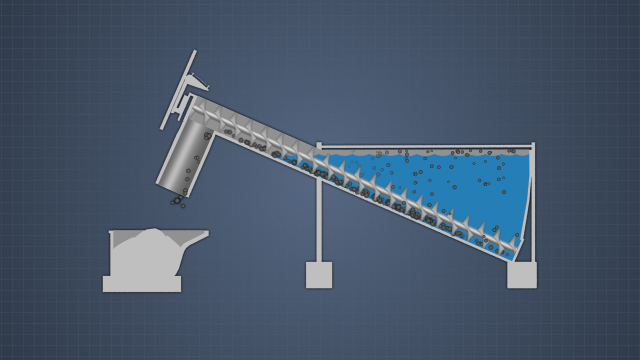Supplemental and Recycled Fiber – Rejects Handling
Wood fiber accounts for more than 90% of the raw material used in the production of paper and board products, and it can come from a variety of sources. These sources can be slushed virgin fiber that is produced onsite, market pulp from other pulp mills, or recycled/secondary fiber. In the “recycled” fiber category, the most difficult source to process is post-consumer waste. This fiber arrives at the mill contaminated with a variety of undesirable materials, also called rejects. In this course, we will identify the sources of rejects in a recycled fiber facility, identify the types of rejects or contaminants generated, and discuss how they are subsequently processed, or “handled.”









Demos + Pricing
Learn more about our courses, get pricing, and see our platform.
Course Details
Learning Objectives
• Identify and describe the source of rejects in recycled fiber
• List the two goals in the treatment of every recycled fiber reject stream
• List the two major types of reject streams
• Identify and describe two uses for flotation separation
• Describe the importance of dewatering rejects
• Identify and describe commonly used equipment for dewatering rejects
• Identify and describe some of the alternatives for final reject disposal
Specs
Frequently Asked Questions
When recycled fiber is cleaned, regardless of the process, what two types of streams are created?
What is a ragger?
What is a junk trap?
Why are reject streams dewatered?
What are some types of dewatering equipment?
Sample Video Transcript
Heavy and dense materials such as rocks and metal work their way into a junk trap at the bottom of the repulper where they are periodically removed. The junk trap is a collection chamber with two valves. The upper valve is normally open to the repulper, while debris collects in the chamber. Periodically, the chamber is isolated from the repulper by closing the upper valve, and the lower valve is opened to release the contents. The junk trap contents may be dewatered as they are conveyed from the trap, or they may dewater in their collection bin. Due to its nature, after it gravity drains, this rejects stream has a very low percentage of moisture and fiber. The heavy trash is sent to landfill.













